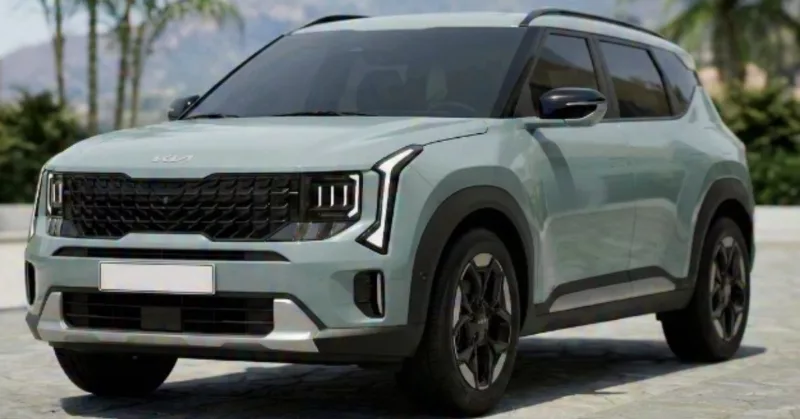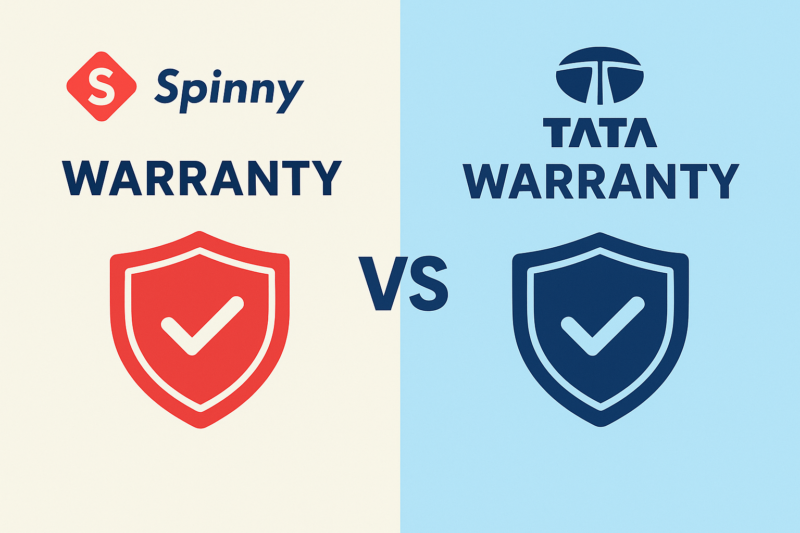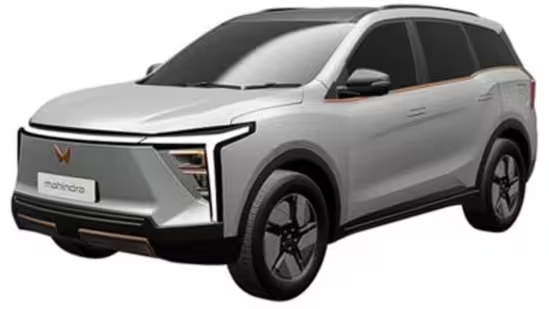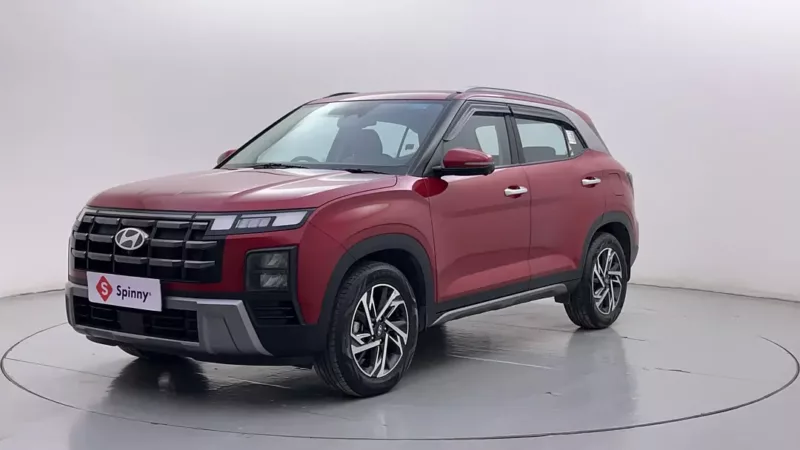The only part of your car that has any contact with the road is the tyre, yet it is commonly ignored by the average consumer, until a puncture occurs. While the looks and interiors of a car generally grab all eyeballs, it’s the tyres that are fundamental to the ride, handling, acceleration, braking, and yes, even the fuel efficiency of your vehicle. It’s truly amazing that something so vital to your car’s health is left neglected by a majority of car owners. Let us help you pick tyres that are best suited to your car.
Table of Contents
Tube or Tubeless
Opting for tubeless tyres is a no-brainer. They are safer, more advanced, and have many advantages. The good news is you don’t need to upgrade to those expensive alloy rims to fit a set on your car. Steel rims will do just fine, as long as you ensure they’re free of rust or rust spots before coating them with anti-rust paint. Alternatively, you can buy a new set of steel rims at a comparatively lower cost.
Size

Replacing car tyres is now a popular trend, with many people opting for bigger or fatter tyres to enhance their ride.Should you do the same? Let’s have a look at this often talked about and controversial part of buying tyres.
Going by the representation in the above picture, the numbers on your car’s sidewall should read 195/55 R16 87V. The key is given below in the table.
Number | Meaning of the Alpha Numerics on Tyres |
195 | It is the width of the tread of the tyre (usually in mm) |
55 | Called the aspect ratio (measured in Percentage). It’s the height of the sidewall represented as a percentage of the tread width. The number 55 means that the height is equal to 55% of the width of the tyre which is 55% x 195 = 107.25mm. |
(the lower the ratio, the smaller the sidewall height which basically means that the cornering improves but the vehicle delivers a less comfortable ride). | |
R | R stands for radial tyre. (The letter B stands for Bias tyres while D stands for diagonal. It tells us about the construction of a tyre. If there is no letter it means the tyre is cross ply). |
15 | The rim diameter of the wheel on which this tyre is designed to be fitted |
87 | The load index or the weight the tyre is safely certified to carry at maximum safe Inflation. ( In the above case, the number 87 means it can safely carry 545 Kgs) |
V | The letters of the Alphabet are the key here. They denote the speeds at which the tyres can be safely driven. In general the speed goes up as the letters advance alphabetically. For example, F is slower than V. Here V means the vehicle speed can be 240 Kmph. |
Choosing the right tyre size for your car involves considering three key components:
Rim Size
You must buy a tyre that fits exactly on the wheel rim size you plan to mount it on. Larger rims will effectively reduce the sidewall height, resulting in less sidewall flexing and better cornering. However, ride quality and comfort will be affected adversely.
Tread Width
Tyre width is designed to ensure a smooth ride with good grip and fuel efficiency. Oversized tyres tend to have a detrimental effect on the car’s safety systems such as traction control, speedometer, and odometer reading, as well as fuel efficiency. They can also cause tyres to wear out fast. That’s why car manufacturers recommend using OEM tyres.
Why you should upgrade | Why you shouldn't |
Cornering at high speeds is easy. | You drive extensively in wet conditions (during monsoons for example). |
Braking distance reduces. | Fuel economy is important to you. |
Looks and performance both matter to you. | You prefer a light steering. |
You possess a powerful car. | Your commute is mainly city based and in rush hour conditions. |
Your car understeers. | |
Your car has a reputation for inadequate stock tyre sizes. |
Also, please do ensure that if you go ahead and get wide tyres , they should not touch the wheel wells of your car when you turn your steering wheel all the way in both directions while carrying a full load.
The Sidewall Height
Having selected both your wheel rim and your tyre size, the objective is to ensure a sidewall profile checking that the overall diameter of the new tyre is as close to the original fitment as possible. A 3-4% change in original diameter is acceptable. This may cause a slight error in the speedometer and odometer readings from a purely academic point of view while the ground clearance may also change (it rises,as a rule of thumb, half a change in diameter).
Tread Pattern

You may have noticed various tread patterns on different types of tyres. There are literally hundreds of patterns of channels, sipes and grooves if you look closely.What exactly do these do? Well, while tread pattern has not much effect on the traction of the tyre, they play a vital role during wet weather. This is because the tread channels water away from the contact patch that the tyre forms with the road. Road noise is also generated by tread patterns because of how air gets trapped and then expelled from between the channels on the tyre.A vital role is played by the tread pattern should you be looking for a tyre to perform in the mud, snow or sand( if you are into offroading, for example). Basically, tyre manufacturers have different types of tread patterns to cater to the specific driving needs of the driver.We would also not advise you to buy retreaded tyres as they are definitely not worth the compromises made when measured against the money you save.Let us look into the different types of tread pattern available which broadly fall into three main categories.
Conventional Tread (multi directional or symmetric tyres)

These are by far the most widespread and common tyres on the roads today.They are neither unidirectional or asymmetric and can be fitted onto the rim either way and run in any direction.
Uni Directional or Directional Tyres

These tyres are designed to be most effective when fitted in a specific direction to rotate accordingly. There will always be an arrow denoting the direction the tyre has to be mounted on the rims etched on the sidewall of the tyres.Mounting them properly helps them channel water effectively, provide directional stability and dampen road noise to a great extent.The tread is usually in some sort of “A’ or “V” configuration which can help you recognise unidirectional tyres. Winter tyres in places of snowfall are usually directional tyres.
Asymmetric Tyres

These are designed with tread patterns that have an outside or road facing sidewall and an inside or car facing sidewall. The advantage of these tyres is that the outside shoulder of the tyre can be made of a different compound that would aid fast cornering (The load is transferred onto the road facing side of the tyre on the outside of the curve). The rest of the tyre could be made with a more durable rubber compound enhancing the life of the tyre, or maybe a different tread pattern for better wet weather performance. You can recognise these tyres easily because they may come with different treads on the inside and outside. They will also be stamped with the word inside and outside on either side giving you a convenient guide to mounting them on the wheel rims.
Rubber compound
Traction and tread wear characteristics are determined for the most part by the rubber compound used to manufacture the tyre. /;'[o0-We can see that the quality or softness of the rubber used has a direct effect on the amount of traction afforded by your tyre and the speed rating it will receive. However, the softer the compound , the faster the tyre will take to wear out its treads as well. The rubber compound used is directly proportional to speed and traction while being inversely proportional to tyre life. Therefore, the higher the speed rating the better the tyres will grip the road.
Overall Quality of the Tyre
Firstly, look at the reputation enjoyed by the tyre manufacturer. You could ask people, check out the reviews, do your own research or simply go with a trusted manufacturer. This does make a difference as the best have the most up to date machines, maintain quality standards and have modern facilities where the tyre is manufactured.
Secondly, check the warranty or guarantee available. Please do read the fine print as that is there for a reason. You need to get the best value for your money. Also ensure that your insurance includes the tyres of your ride.

Thirdly, look for the date of manufacture stamped on the tyre. The above picture shows where it is etched on the tyre. This is always present and you must ensure your tyres are never more than six months old. The fresher tyre that you purchase the better. Definitely do not buy anything that is more than a year old. And always buy the best tyres you can afford.
Fourthly, added or new technologies. While tyre manufacturers always try to come up with better compounds, tread patterns and the like to increase tyre life and efficiency; don’t get sucked into buying a new one by marketing gimmicks such as cute or futuristic sounding names. However, do try and take advantage of new technologies that may actually help you in the long run.
Summary
When your tyre needs to be replaced please do it as soon as possible because driving on worn out tyres will impact the safety of you, your passengers as well as that of others using the same roads. Tyre replacement should be done following the guidelines given by the car manufacturer. Do not listen to well meaning friends who are no doubt helping you to stand apart but probably do not recognise that a one size fits all approach just does not work with tyres. We would recommend that the same load index, speed rating, tread pattern and size of tyres that are part of the original fitment be adhered to whenever replacement needs to be done.




Thanks for this blog about tyre.